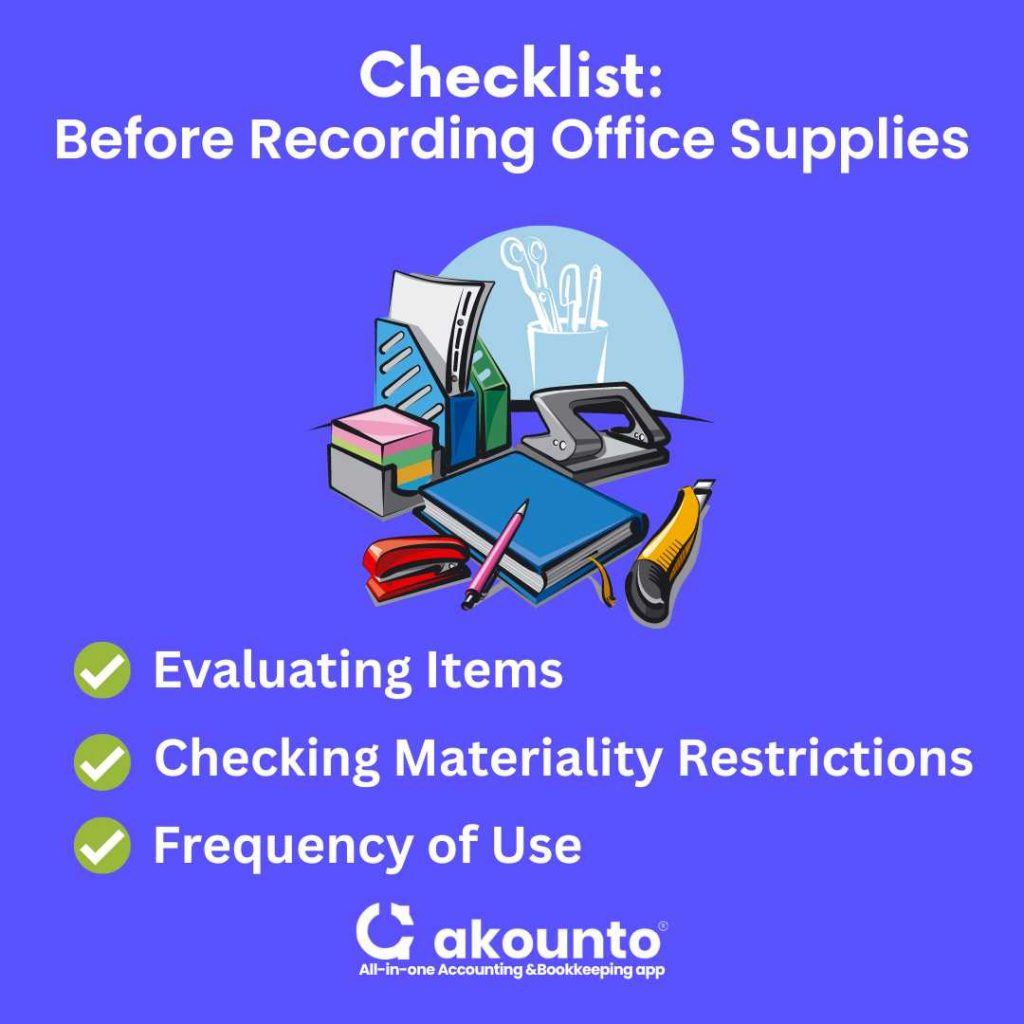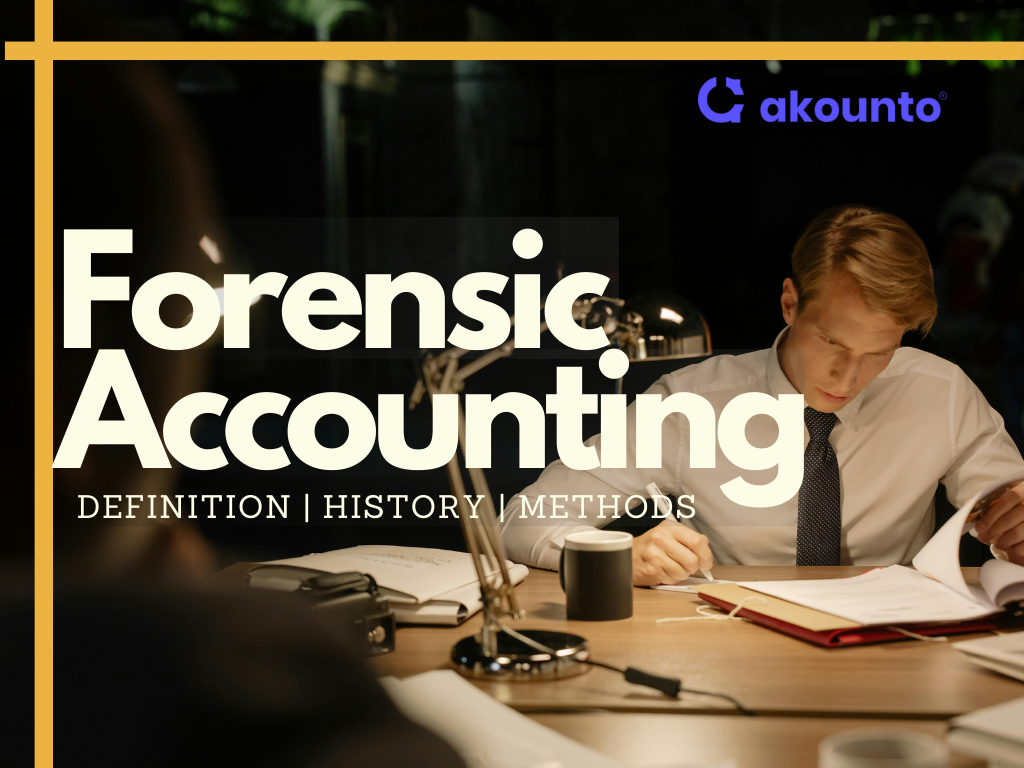Are Office Supplies and Equipment Treated As Current Assets?
Yes, unused office supplies are considered current assets as they are consumed within a year or less.
Some supplies, like office equipment with long-term value and economic benefits to the business, including computers, furniture, etc., are treated as fixed assets because they are in service for more than one accounting year.
[ez-toc]
The equipment could be current or non-current, depending on its useful life.
All supplies for office are current assets when they are purchased i.e. unused office supplies are represented as a current asset in a balance sheet. But, when consumed, they are categorized as “supplies expense” in the income statement.
The value of these supplies generally plunges over time and is not likely to offer economic benefits to the business or be sold to generate cash.
For instance, if businesses purchase office supplies that can be sold or consumed within one year, it is considered a current asset. Simultaneously, any equipment expected to offer economic benefits for more than one year falls into the non-current asset category.
What is “Materiality” in Terms of an Accounting Principle?
Materiality is a policy that states that any item that significantly affects the business should be reported in the financial statements.
The main intent of materiality is to allow companies to not follow traditional or common accounting principles while recording office supplies into their financial reports.
As per the accounting standards set by the US Securities and Exchange Commission (SEC) in 1999, any product representing at least five percent of an organization’s total assets should be treated “material” and recorded separately on the company’s balance sheet.
Best Practices For Categorizing Office Supplies

Here are some best practices for categorizing office supplies:
- Evaluating Items: Unless a business buys these goods for at least a year, they are considered expenses at the time of buying.
- Checking Materiality Restrictions: Using the materiality principle, the cost of the supplies can help determine if any product should be treated as an asset or expense.
- Frequency of Use: A business should track an item’s use frequency and categorize them accordingly.
Classification of Office Expenses, Supplies & Equipment on the Balance Sheet
Keeping track of individual purchases is necessary to properly classify supplies, expenses, and equipment for an office.
Here’s one example to understand the process better.
Example:
Company ABC Limited following purchases in March 2023:
- Pencils: $10
- Paper sheets: $5
- Envelopes: $6
- Paper clips: $4
- Premium software subscriptions: $15
- Pest control and cleaning services: $100
- A new computer: $1500
- Printer cartridges: $500
Now, let’s allocate each of these expenses into relevant categories:
Office Expense Account
Office expenses are the costs incurred by a business for several items, including utilities, rent, office maintenance, etc. From the above example, Company ABC Limited’s office expenses are-
Premium subscription of software: $15
Pest control and cleaning services: $100
Office expenses will be accounted for as follows:
|
Date |
Category |
Debit |
Credit |
|
31-03-2023 |
Office Expenses |
$155 |
В |
|
31-03-2023 |
Cash |
В |
%155 |
Office Supplies Expense account
Office supplies are the items that are used in daily business operations and are considered short-term assets. As per the above example, the supplies purchased for office are-
Pencils: $10
Paper sheets: $5
Envelops: $6
Paper clips: $4
If the items are purchased on account, a business must register the purchases in accounts payable first and then adjust the payables while paying the bill.
|
Date |
Category |
Debit |
Credit |
|
31-03-2023 |
Office Supplies |
$25 |
В |
|
31-03-2023 |
Accounts Payable |
В |
$25 |
Once the bill is paid, let’s say on 30-04-2023, it would be recorded as:
|
Date |
Category |
Debit |
Credit |
|
30-04-2023 |
Accounts Payable |
$25 |
|
|
30-04-2023 |
Cash |
$25 |
Office Equipment:
Office equipment is generally treated as a long-term asset and is depreciated over the years. So, Company ABC Limited made a purchase of two pieces of office equipment, which are-
A new computer: $1500
Printer cartridges: $500
Now, the company can either register both as assets or choose to expense the item at a lesser cost. So, if the company opts for expensing the cartridges, the entry would be:
|
Date |
Category |
Debit |
Credit |
|
31-03-2023 |
Office Supplies |
$500 |
В |
|
31-03-2023 |
Cash |
В |
$500 |
The purchase of the new computer would be recorded as-
|
Date |
Category |
Debit |
Credit |
|
31-03-2023 |
Fixed Assets-Computer |
$1500 |
|
|
31-03-2023 |
Cash |
$1500 |
If the company evaluates that the salvage value of the computer will be $500, it will depreciate for four years. So, using the straight-line method, the depreciation expense will be:
($1500-$500)/4 = $250 per year and $250/12 = $20.83 per month
In this case, the journal entry will look like this:
|
Date |
Category |
Debit |
Credit |
|
31-03-2023 |
Depreciation |
$20.83 |
|
|
31-03-2023 |
Accumulated Depreciation |
$20.83 |
Office Supplies Be Treated As Credit or Debit?
In double-entry bookkeeping, every financial transaction is recorded into at least two accounts: debit and credit. For the office supplies account, a business can debit the supplies expense if the purchased item has an insignificant impact or is not required to be categorized as a current asset. If the supplies’ payment is made in cash, it would be credited into their cash account.
Difference Between Office Supplies and Inventory
The key differences between the supplies and inventory are-
|
Difference |
Supplies |
Inventory |
|
DefinitionВ |
The items that are used up or consumed in regular operations or to increase efficacy. |
Inventories are goods that businesses produce or purchase to sell to their customers |
|
Accounted For |
Office supplies are usually recorded in the expense account.В |
Inventory is recorded as an asset and is not expensed until the goods are sold. |
|
Tax Implications |
A business must pay sales tax on office supplies as they are the end-user. |
For inventory, the business is only taxed when selling the items to their customer. |
Conclusion
Supplies may be considered assets, but only until the time they are used. However, certain judgmental factors and accounting principles should be followed while classifying the items.
AkountoВ offers a range of services for small businesses, including invoicing, financial reporting, expense tracking, etc. Also, one can visit and read blogsВ to gain more insights into accounting concepts.




